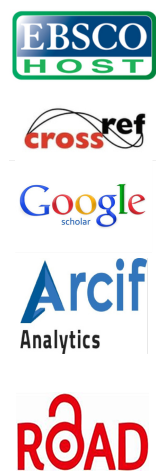Circular Analogy Between Passion and Persuasion
Dr. Firyal Abdullah Hdeeb
DOI:
https://doi.org/10.35682/jjall.v15i4.329Keywords:
Circular analogy, Persuasion, StylisticAbstract
The study was preoccupied with an attempt to attain the purposes that the poetic discourse envisages to achieve in its inter-temporal synthesis within multi-purpose concurrence. It is a rhetorical color with a special structural structure; it opens with a nap, and ends with a formula that is more certain than certain, and between them the poets roam hard in a dramatic poetic scene with signs that are present and absent.
The analytical study of the selected models concluded that the circular analogy was effective in enabling the poets to communicate their ideas to the recipient, and oblige them to accept it and use it, by providing them with a wide space to use various argumental techniques and methods, accompanied by thrill, and overcome their over-touching meanings.
This led to the creation of poetic paintings that draw on the recipient. It follows the transmission of the image from stage to stage, and is influenced by expressive aesthetics that obscure the poet's feelings on the one hand, and the recipient is voluntarily drawn to adopt the poet's article on the other hand. The figurative panels formed a major focal point in the structure of the text they contained, and carried the argument with the most persuasive, and most effective, energy. At the same time, it has become unshakable in terms of its context and position, and it has been supported by other arguments in providing the text with more pleasure and persuasion.






